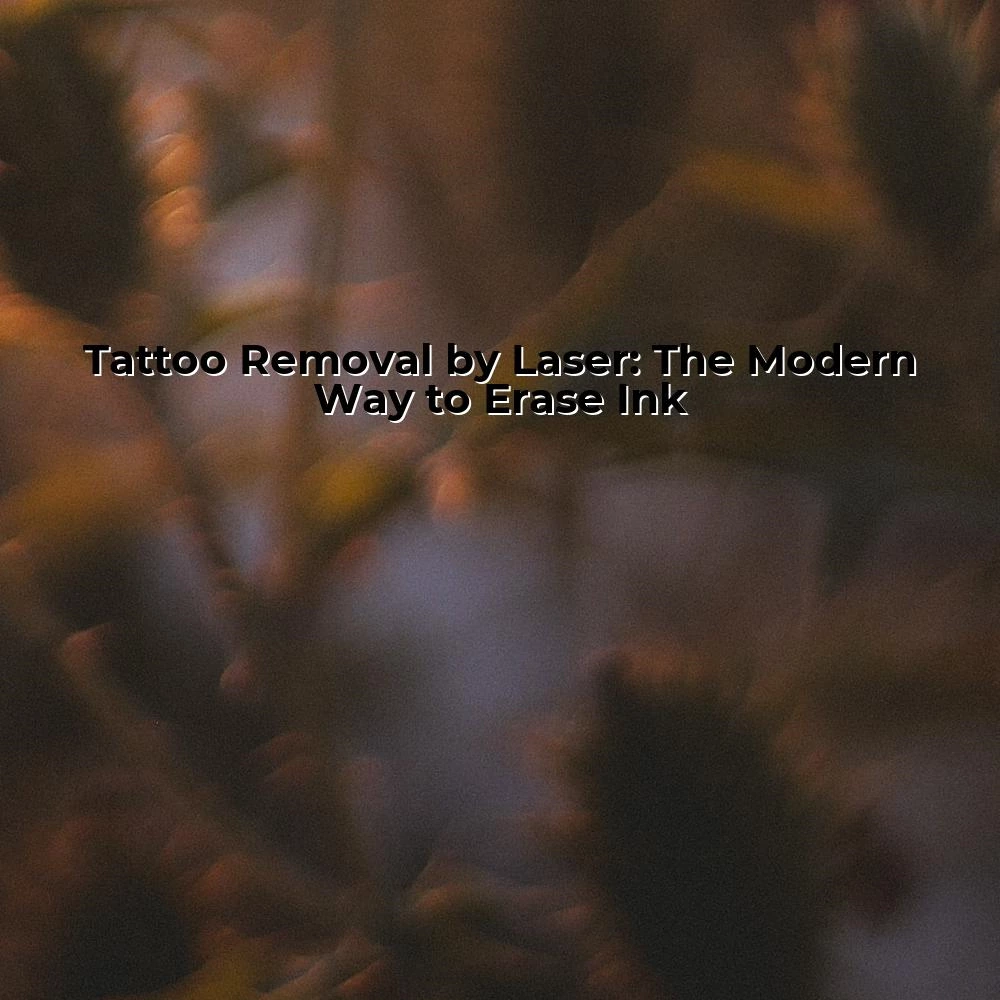Tattoo Removal by Laser
| Visit:86

Tattoo Removal by Laser
As modern-day tattoo culture grows, so does the demand for efficient removal methods during instances of regret, professional necessity, or aesthetic change. The emergence of tattoo removal by laser technology is proving to be a groundbreaking resolution in this field, offering a safe, effective, and less invasive alternative to previous methods. To fully understand this procedure, dive into this comprehensive guide on modern laser tattoo removal.
Tattoo removal by laser adopts an advanced approach with the capability to substantially reduce or entirely remove unwanted tattoos. This method, as illustrated by ciellulu.net, operates on the principle of selective photothermolysis. Short, targeted pulses of light energy are used to break down the tattoo ink into smaller particles which are, subsequently, naturally eliminated by the body's lymphatic system.
This procedure offers a significant advantage over traditional tattoo removal methods. Where previous removal techniques risked extensive skin damage, laser removal targets only the ink's pigments, leaving the surrounding skin unharmed. Laser tattoo removal minimizes common adverse effects like scarring or pigmented skin changes.
Furthermore, the versatility of laser technology offers an array of possibilities, such as the ability to deal with different tattoo colors and depths. The varying wavelengths emitted by the laser selectively target different colored pigments, allowing for a more detailed and thorough removal process. As a result, modern laser tattoo removal is renowned for its precision and level of personalization.
However, just like any medical procedure, laser tattoo removal entails considerations and potential side effects. These include pain, swelling, blistering, and the possibility of incomplete pigment removal. Although the risks are minimal, a deeper understanding of both the procedure and the patient's health condition can minimize the likelihood of any complications.
Distortion or alteration of surrounding skin color or texture is a significant concern when dealing with laser tattoo removal. Proper settings adjustment by an experienced laser technician can effectively manage these potential challenges. Similarly, the laser's elevated temperatures carry a risk of burns or scars unless handled by adept professionals.
Another critical factor to bear in mind is the tattoo's age, color, size, and location. Older, larger and colorful tattoos might require several sessions for complete removal, while tattoos situated on areas with less body fat can be particularly challenging to remove due to the closer proximity of the ink particles to the skin surface.
In conclusion, tattoo removal by laser is the modern, advanced way of erasing unwanted ink, offering substantial advantages, including precise targeting, minimized scarring, and broad versatility. However, it's essential to engage a trusted professional with comprehensive understanding and experience in laser technology to carry out the procedure, minimizing risks and ensuring maximum removal efficacy.
Ultimately, laser tattoo removal is an innovative, efficient solution in the body art industry, offering an exciting way forward for individuals desiring to dispel regretful ink decisions or embracing change, a testament to the ever-evolving milestones in medical technology.
Source: Tattoo Removal by Laser




 Ciellulu Laser - Facial Machine Supplier
Ciellulu Laser - Facial Machine Supplier

